Many patients enjoy dental composites for their natural and aesthetically pleasing look. Some dentists may not be aware of the recent research done on composites and the various benefits associated with pre-heating them. Understanding the difference between warming and not warming your dental composites will help you remain informed on the available procedures.
What Are Dental Composites?
Dental composites are a mixture of resins or glass and plastics used to fill cavities or restore teeth. Composites are also used in cosmetic shaping. They are popular among dentists who admire their safety, quality and durability while offering a pleasing aesthetic look for their patients. Dental composites are known to match the shade of natural teeth, making them almost undetectable to the eye.
History of Warming Dental Composite
Traditional restorative dental materials were usually made out of silver-mercury amalgam. Anterior composites have become standard practice today, as they are less visible to the eye and blend in with natural teeth.
As patients continue to gain interest in their own dental health, they find that the quality and aesthetics of tooth repairs matter more than ever. Researchers continue examining dental composites as materials continue to evolve, and they continue to explore more information about the benefits of heating dental composites. A dentist must continue to assume the responsibility of keeping up with consistent innovations in dental care to care for their patients.
Over time, the goal of dental composites became clear. They should be easy to handle, long-lasting and aesthetically pleasing. Early instructions used to ask dentists to put composites in the refrigerator before application to increase the shelf-life and properties of the material. But, new research has shown that warming dental composite is a better course of action.

Benefits of Heating Dental Composites
There are many benefits that every dentist should explore when considering whether to warm dental composites. Aside from aesthetic benefits, the durability can increase, and handling may be easier than other traditional forms of tooth recovery material. Examine the more mechanical benefits when looking at dental composites, as well, like the flow of material and the marginal adaption and gaps. Here are a few things to consider when researching dental composite warmers.
1. Conversion
Heating a composite will change the physical properties of the material. The particles of composite material will experience increased kinetic energy, moving faster than room temperature composite. This, in turn, will increase the movement of monomers and free radicals, raising the degree of conversion — the degree to which monomers react to form polymers — and the depth of cure.
2. Handling
Heating dental composite may also make it easier to handle, leading to better placement, efficient procedures and lower viscosity. When you warm the composite, the flow properties increase, allowing improved placement and adaption to the cavity preparation.
Warmed composite can also decrease hand fatigue and allow precise control when placing the material in areas with limited access.
3. Durability
Heating dental composite before use can increase durability and microhardness. Using higher temperatures can significantly raise hardness when cured with different light sources. While it does take longer for warmed composite to cure, the additional time will not have any lasting effects on the hardness properties.
4. Adaptation and Gaps
The marginal adaptation can improve, especially in the axial wall, when you heat composites. Warmed dental composites may also decrease gaps at the enamel and dentinal walls.
5. Flow
When you heat dental composites, the consistency of the material changes and the composite becomes less dense, much like a flowable resin. Warmed and packable composite is easily handled and reduces the chance of voids or gaps. Flowable composite can also quickly fill nooks and crannies and make prep less invasive during cavity fillings.
Cons of Heating Dental Composites
While heated dental composites have various benefits, it is essential to research the potential negatives of heating the material. Many of the negatives to heating composites could be the result of incorrect warming or a lack of research on compatible materials. However, there are some aspects of heating that clinicians should be aware of.
Here are a few considerations to keep in mind:
- The heated resin will occupy a larger volume: Cooling the resin may affect polymerization shrinkage and result in sensitivity after the operation.
- Pre-heating may affect packability and stickiness: The resin material may be affected by pre-heating composite and negatively impact the procedure.
- The temperature may drop quickly: Heated composite may cool too soon after being warmed, and dentists must review different techniques to decrease this.
Importance of Warming Correctly and Considerations
To ensure your clients are satisfied with their repair results, it will be essential to understand how to warm composite correctly. Always check the instructions to confirm your composite is warming compatible. Some composites may already be compatible, but other materials may need more research or testing to ensure warming potential. You won’t want to compromise the safety and quality of your client’s tooth repair by using materials incompatible with heating.
You should also consider the various effects of heated material before implementing the procedure.
Equivalent Properties
Heating the composite at the right temperature maintains the same mechanical and physical properties as room temperature materials.
Pre-warmed composites can have no effects on tensile strength, flexural strength or fracture toughness. It also won’t affect the depth of cure and will maintain the same color, polish and opacity as room temperature composite.
Polymerization in the Cavity
Pre-heated composite has not been known to damage the polymerization process in the cavity. It will also generate the same shrinking force as room temperature composite rather than produce more stress.
Minimal Heat Transfer
When heated to the right temperature, dental composite will experience minimal heat transfer regarding the tooth and pulp. This helps the patient avoid sensitivity after operation or damage to the teeth.
Browse Dental Composite Instruments at ProDentUSA
At ProDentUSA, our instruments are carefully and meticulously designed to satisfy our customers. We consider every aspect of the product from start to finish, building close relationships with our workers and practitioners. Our company is dedicated to bringing you fair and quality composite tools that allow you to easily place plastics and contour pliable material during restoration. At ProDentUSA, you can rely on our products to be both precise and durable for your practice.
Contact us today or browse our instruments online.





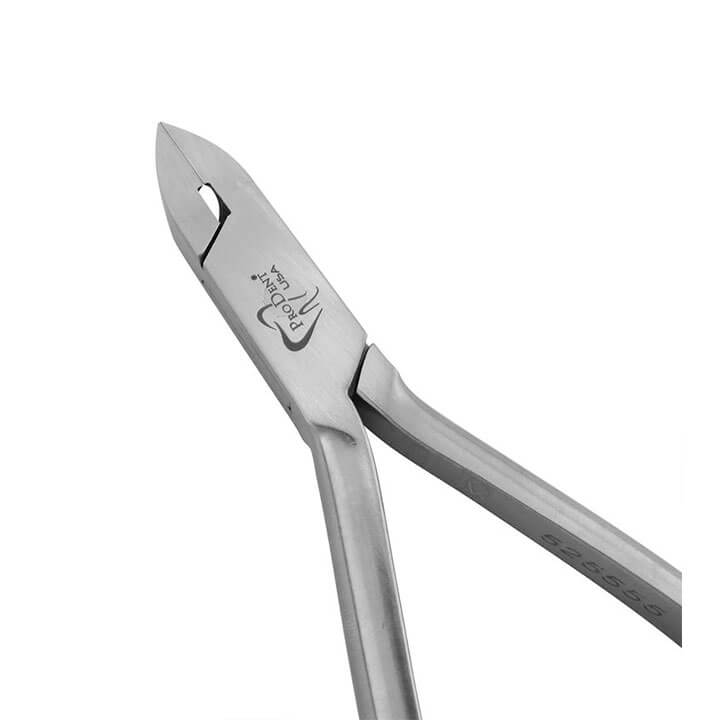

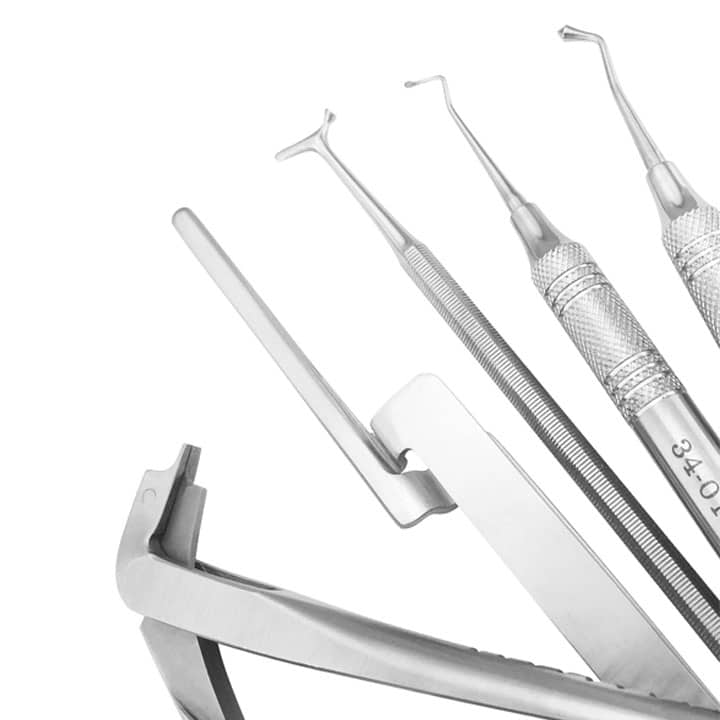
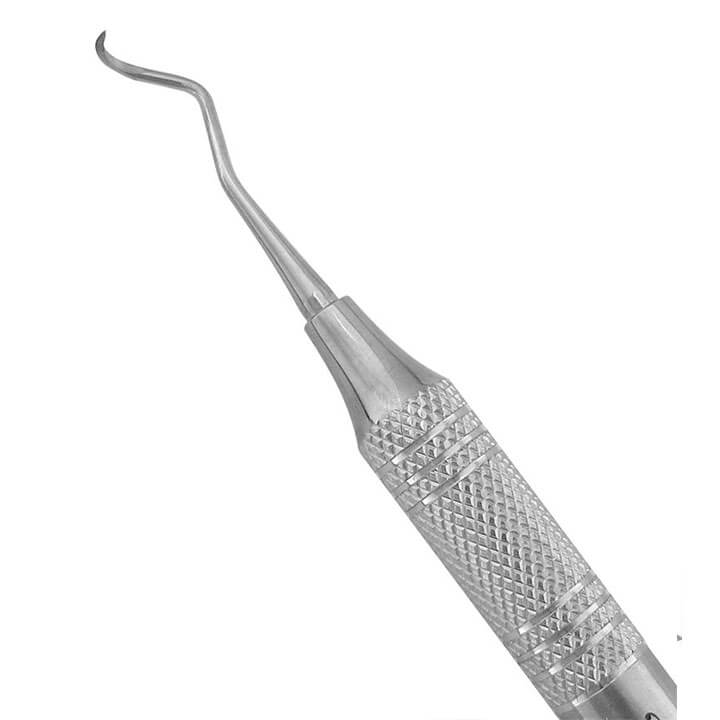







 Diagnostic Sets & Accessories
Diagnostic Sets & Accessories Dressing Pliers
Dressing Pliers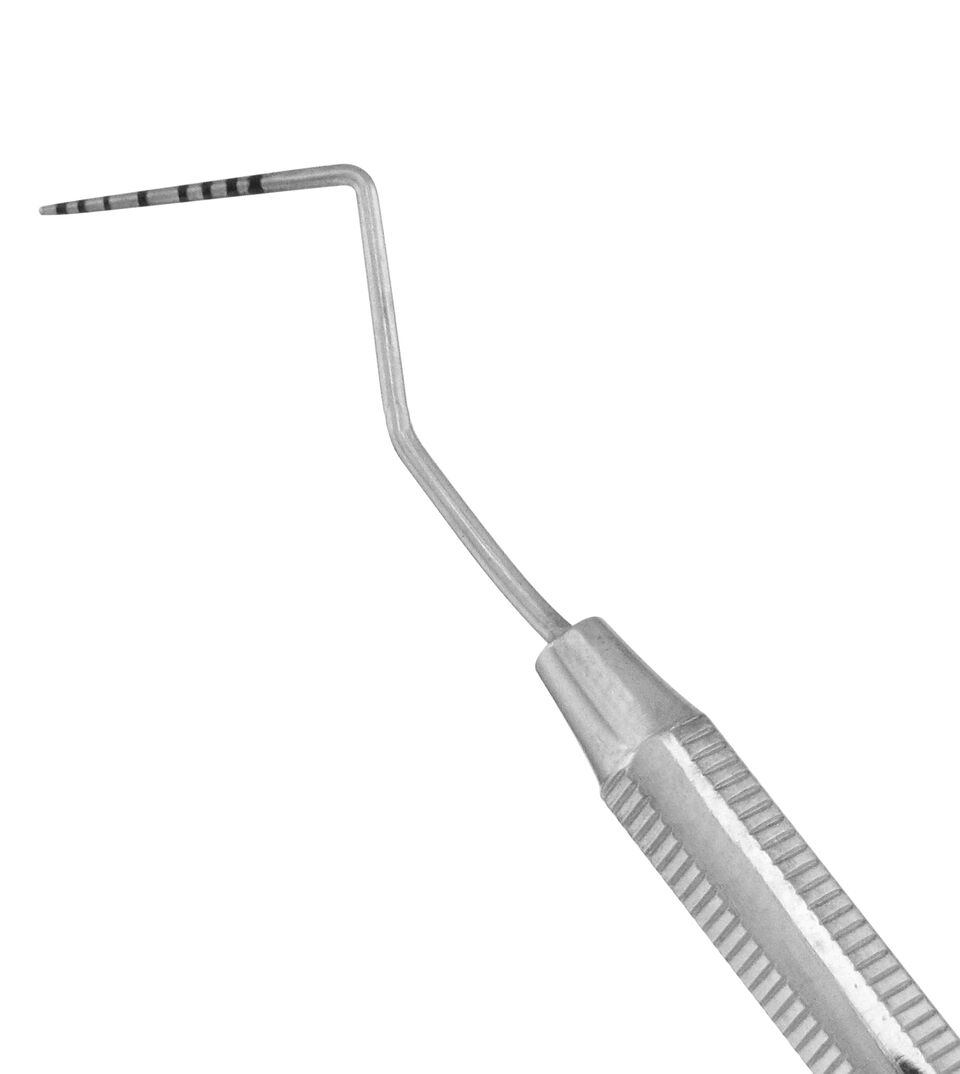 Explorer/Probes
Explorer/Probes Explorers
Explorers Intraoral Photography Mirrors
Intraoral Photography Mirrors Mirror Handles
Mirror Handles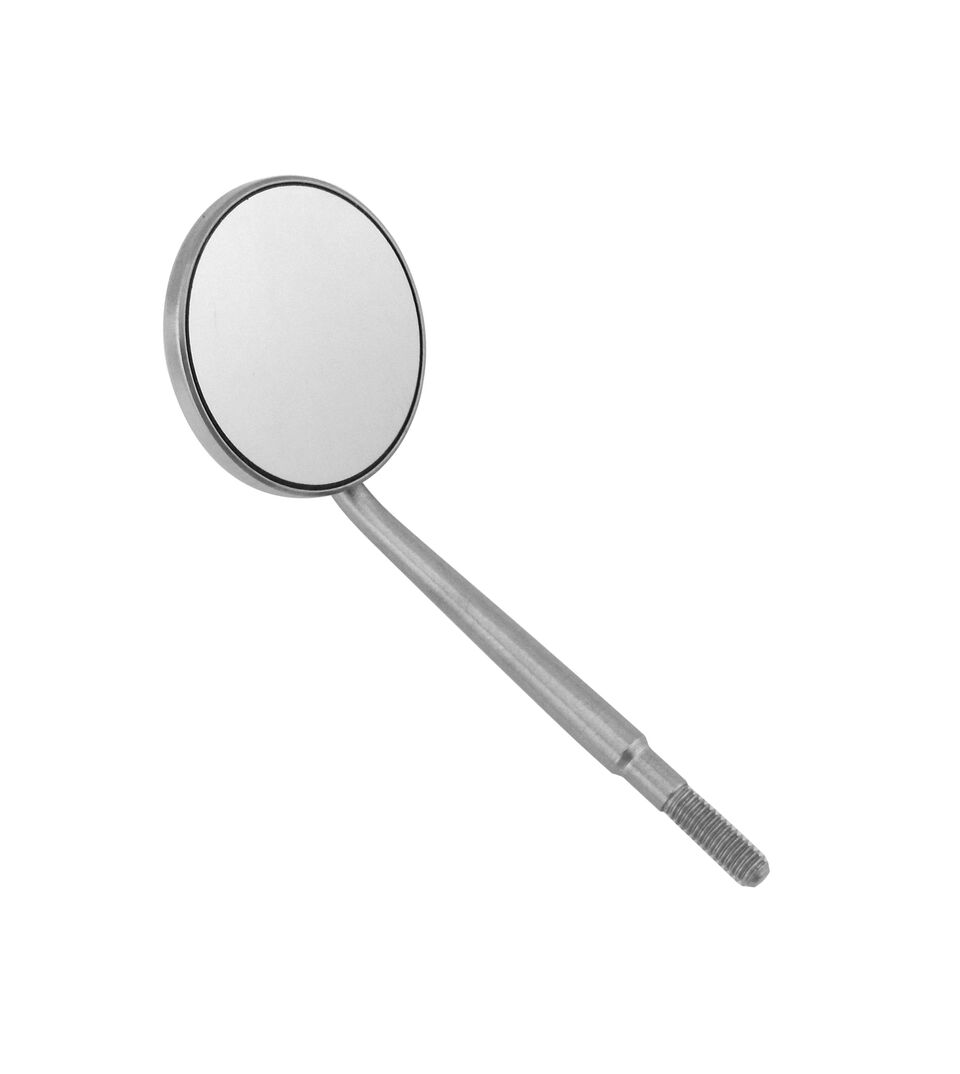 Mirrors
Mirrors Probes
Probes Endo Excavators
Endo Excavators Endo Explorers
Endo Explorers Endo Forceps
Endo Forceps Endo Rulers
Endo Rulers Endodontic Sets
Endodontic Sets Root Canal Pluggers
Root Canal Pluggers Root Canal Spreaders
Root Canal Spreaders Rubber Dam Clamps
Rubber Dam Clamps Rubber Dam Frames
Rubber Dam Frames Rubber Dam Punches & Forceps
Rubber Dam Punches & Forceps Cutters
Cutters Elastic Placing Mathieu Pliers
Elastic Placing Mathieu Pliers Gauges
Gauges Hand Instruments
Hand Instruments Mosquitoes
Mosquitoes Orthodontic Sets
Orthodontic Sets Pliers
Pliers Scissors
Scissors Tweezers
Tweezers Curettes
Curettes Gracey Curettes
Gracey Curettes Periodontal Sets & Accessories
Periodontal Sets & Accessories Periodontal Specialty Instruments
Periodontal Specialty Instruments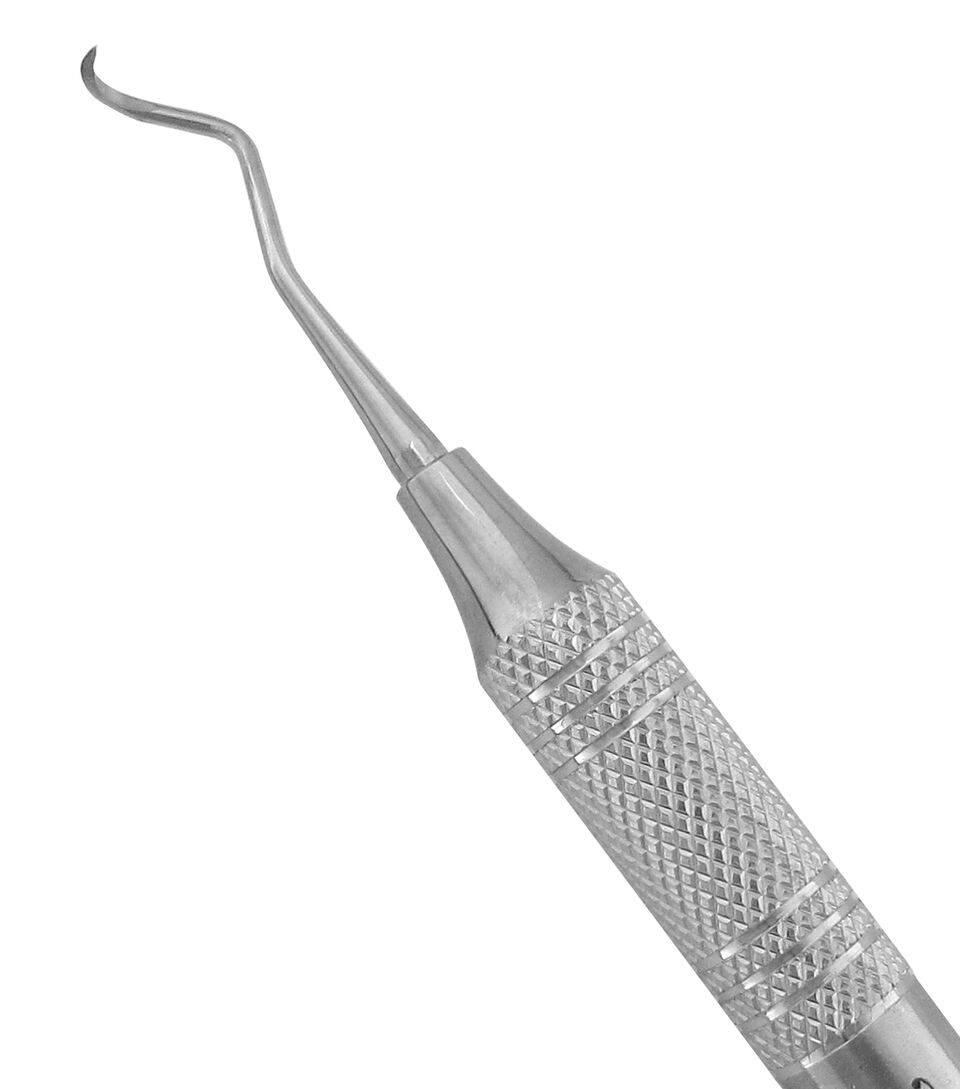 Scalers
Scalers Siberian Stone™ Collection
Siberian Stone™ Collection Amalgam Carriers & Well
Amalgam Carriers & Well Burnishers
Burnishers Calipers
Calipers Carvers
Carvers Cement Spatulas
Cement Spatulas Chisels
Chisels Composite & Plastic Filling Instruments
Composite & Plastic Filling Instruments Crown Removers & Spreaders
Crown Removers & Spreaders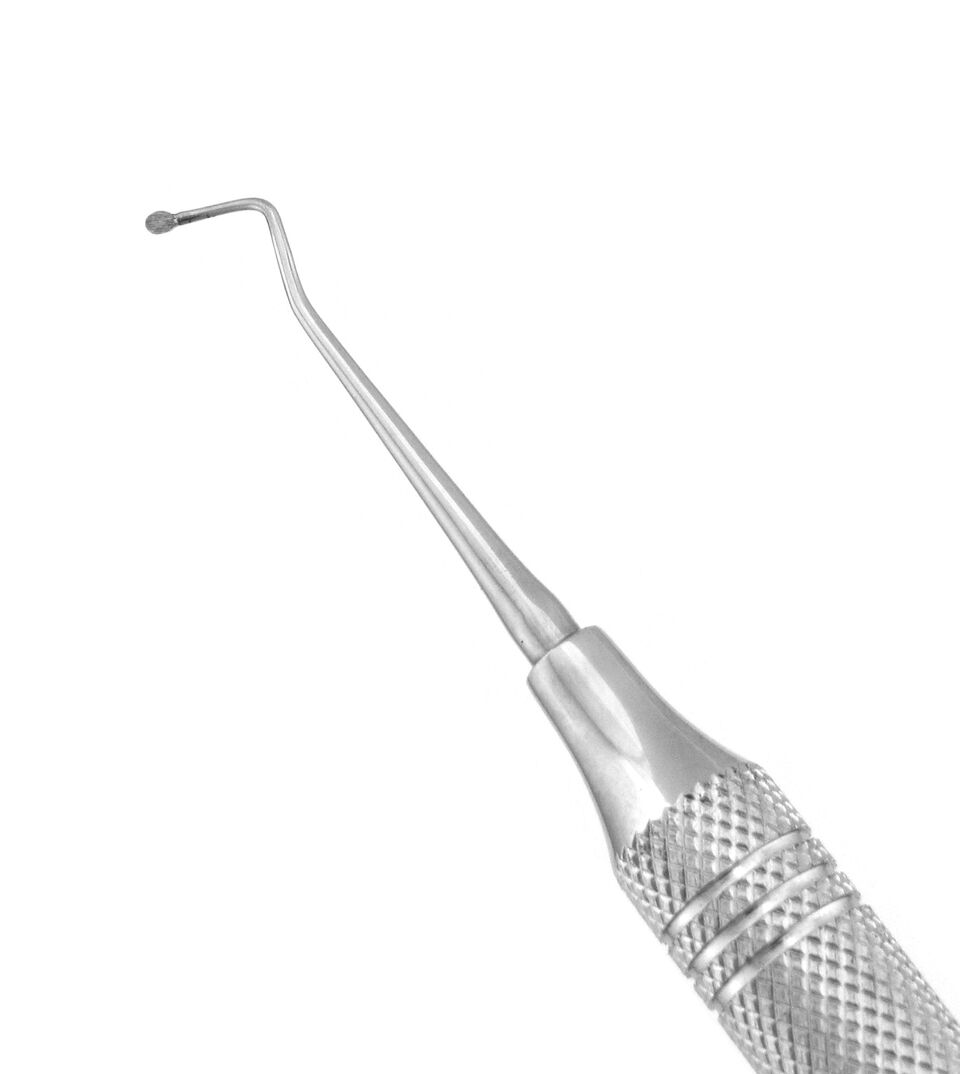 Excavators
Excavators Forceps & Tweezers
Forceps & Tweezers Gingival Cord Packers
Gingival Cord Packers Gingival Retractors
Gingival Retractors Hatchets
Hatchets Impression Tray Sets
Impression Tray Sets Margin Trimmers
Margin Trimmers Matrix Retainers
Matrix Retainers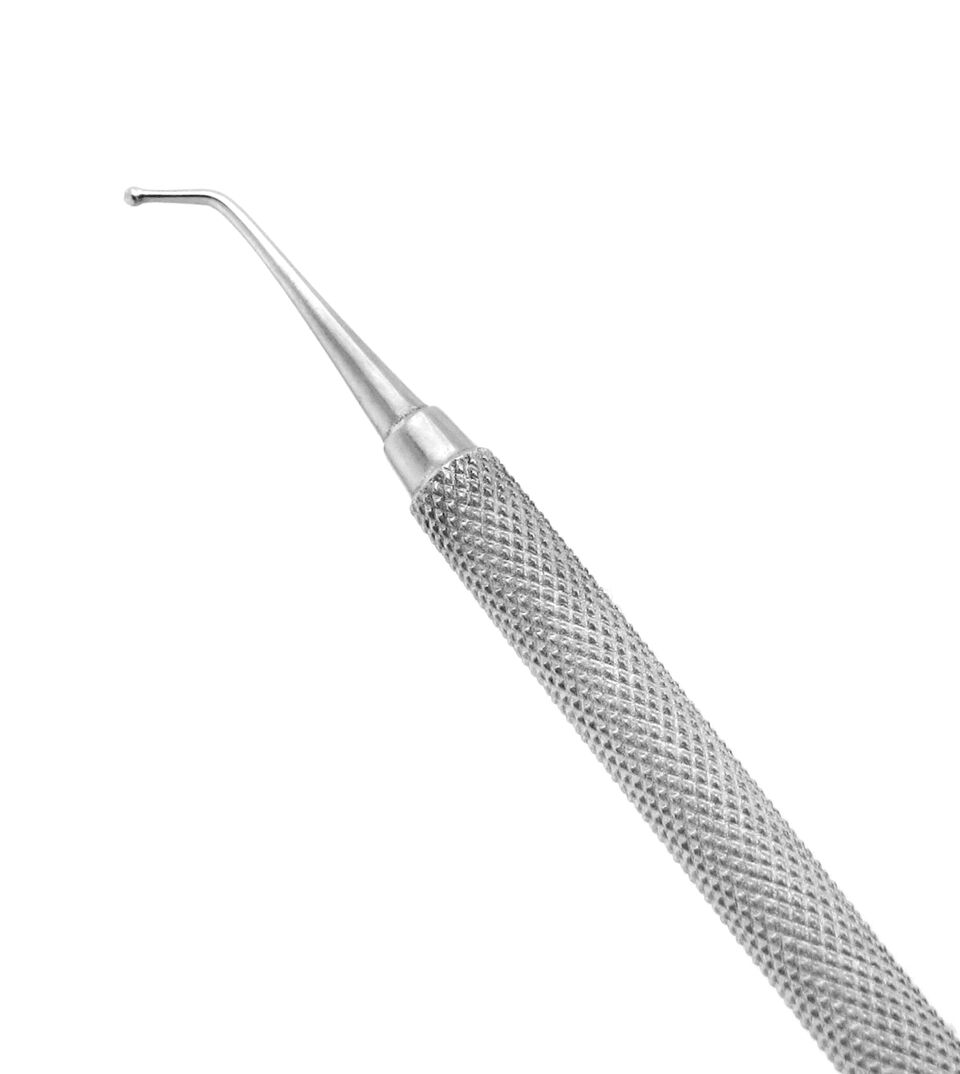 Placement Instruments
Placement Instruments Plaster Knives & Nippers
Plaster Knives & Nippers Plaster Spatulas
Plaster Spatulas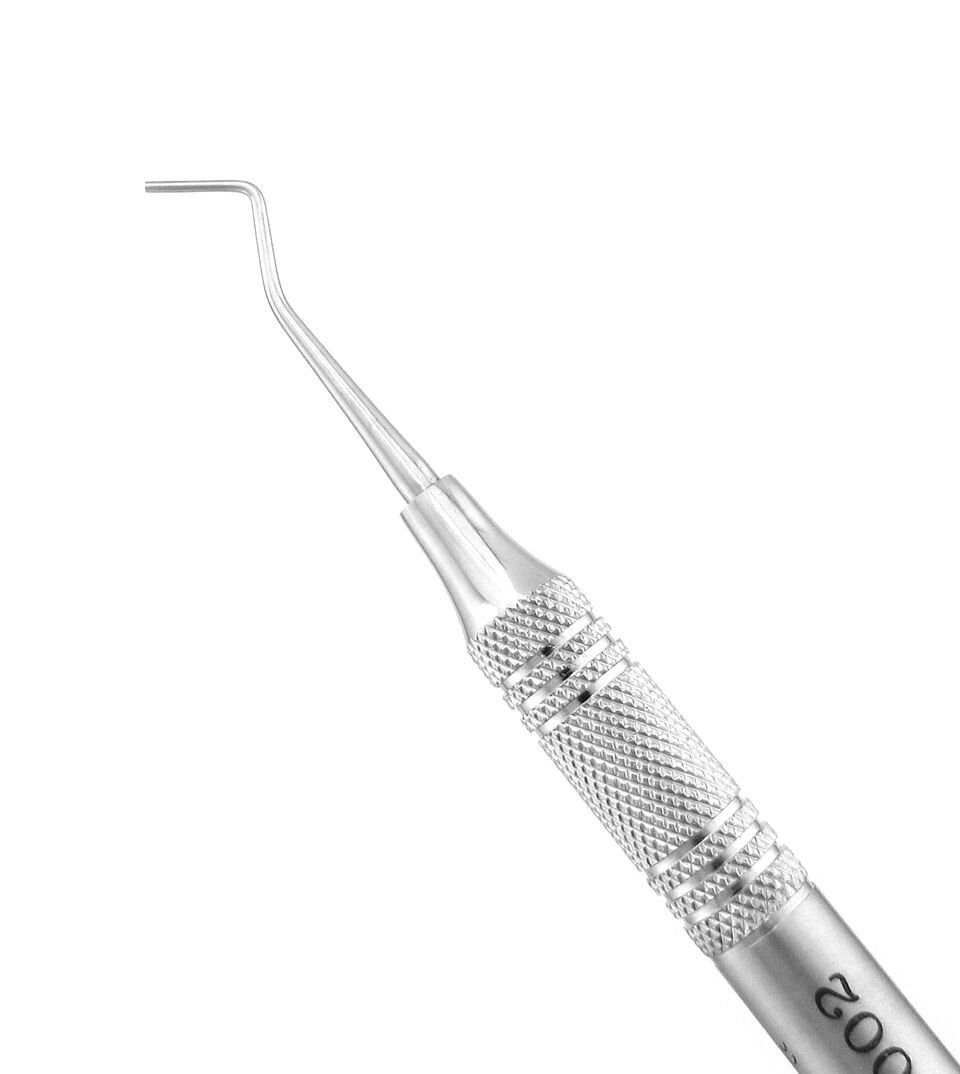 Pluggers/Condensers
Pluggers/Condensers Restorative Sets
Restorative Sets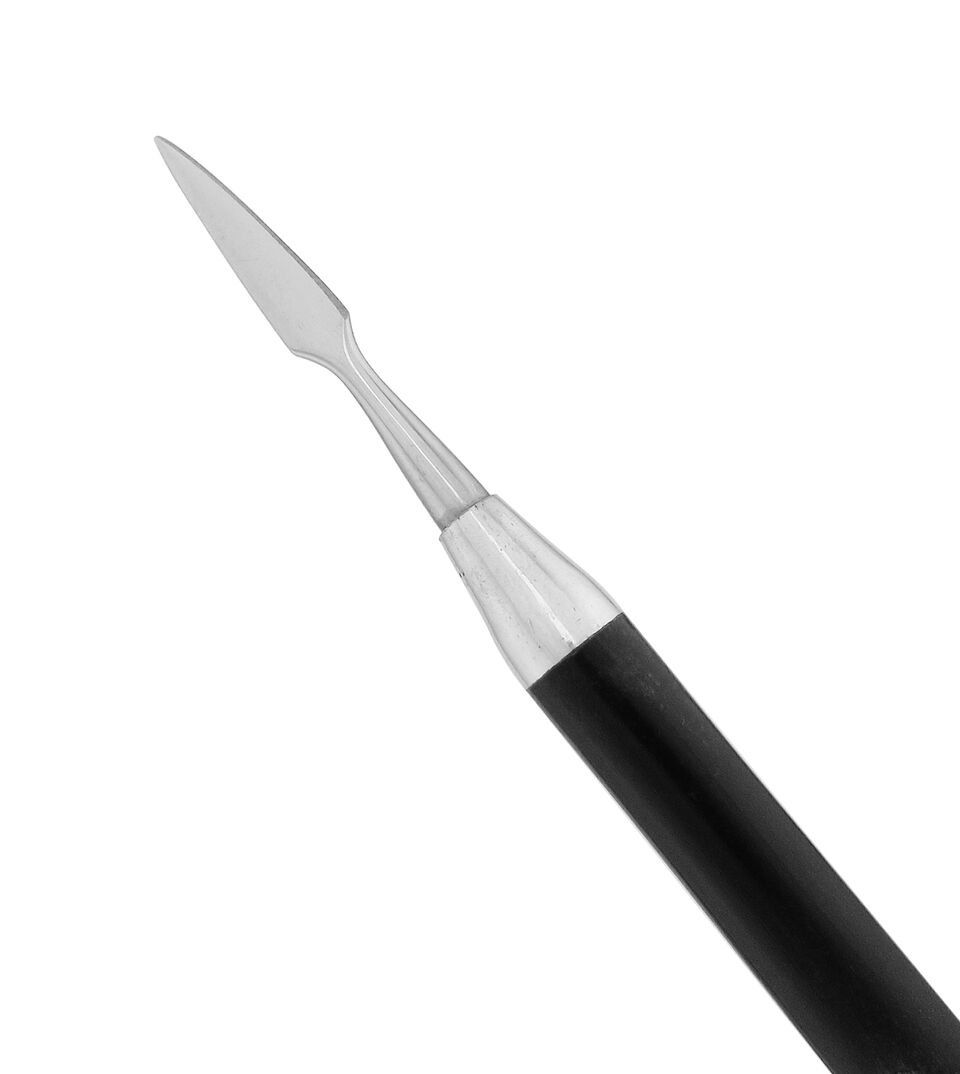 Wax & Porcelain Carvers
Wax & Porcelain Carvers Wax Spatulas
Wax Spatulas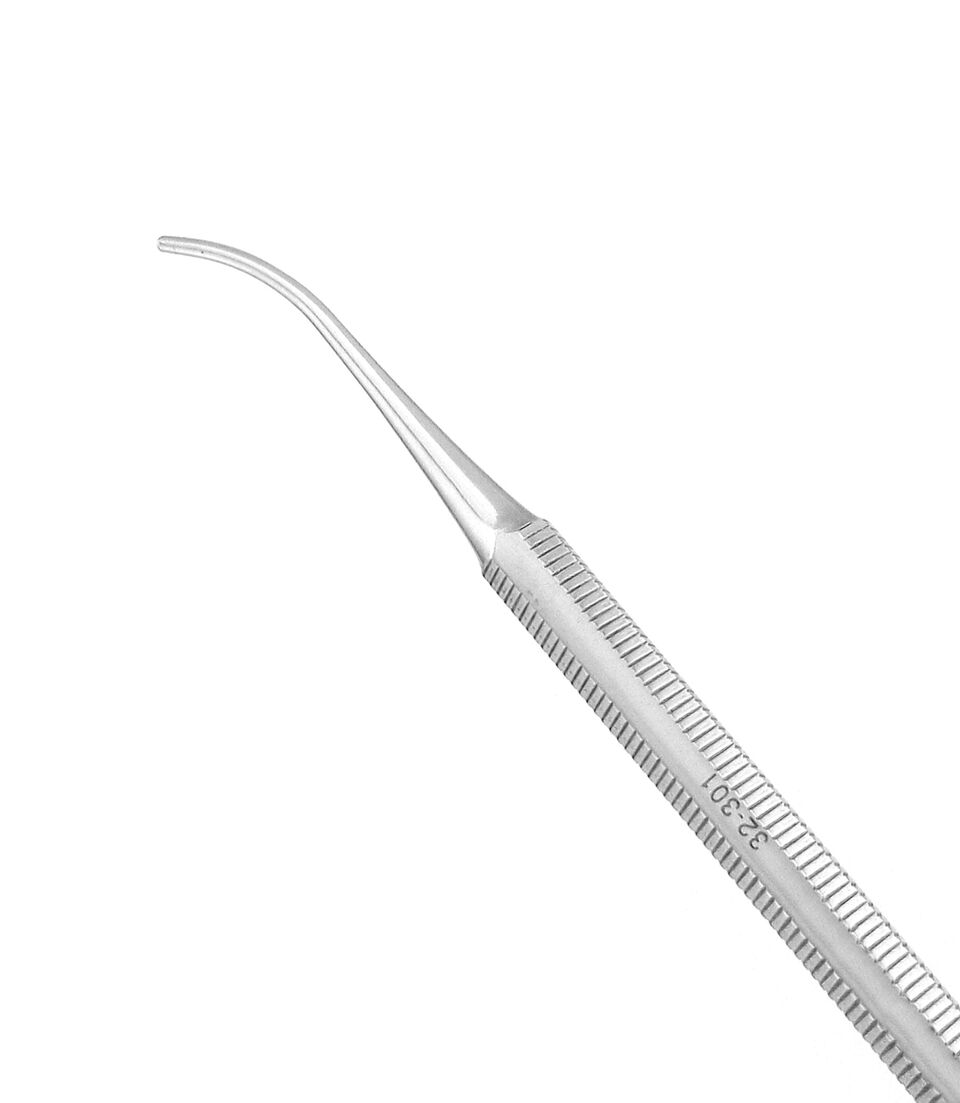 Waxing Instruments
Waxing Instruments Aspirators
Aspirators Bone Chisels
Bone Chisels Bone Grafting Instruments
Bone Grafting Instruments Calipers
Calipers Clamps
Clamps Dental Elevators
Dental Elevators Extraction Forceps
Extraction Forceps Hemostats & Forceps
Hemostats & Forceps Hybrid Instruments
Hybrid Instruments Implant Instruments
Implant Instruments Luxating Elevators
Luxating Elevators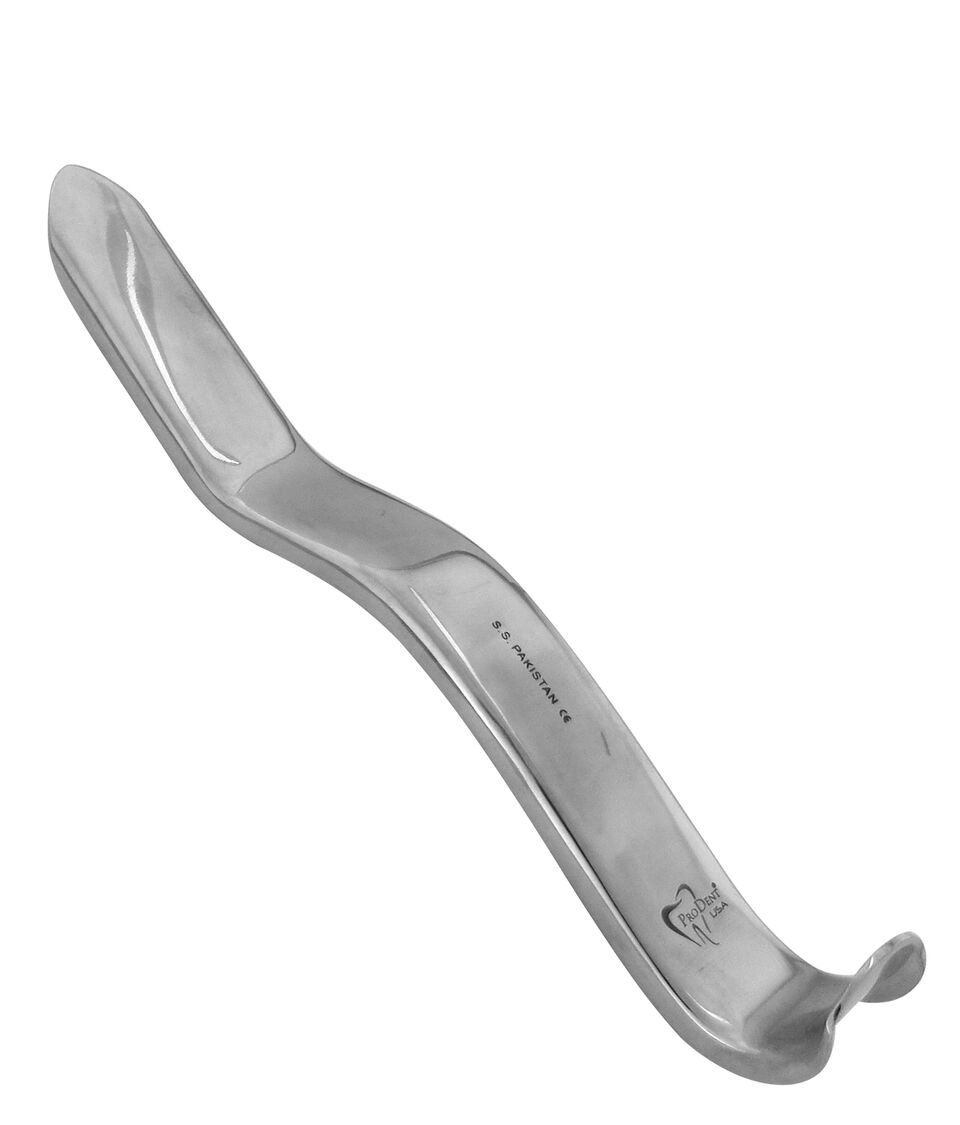 Mouth Gags & Retractors
Mouth Gags & Retractors Needle Holders
Needle Holders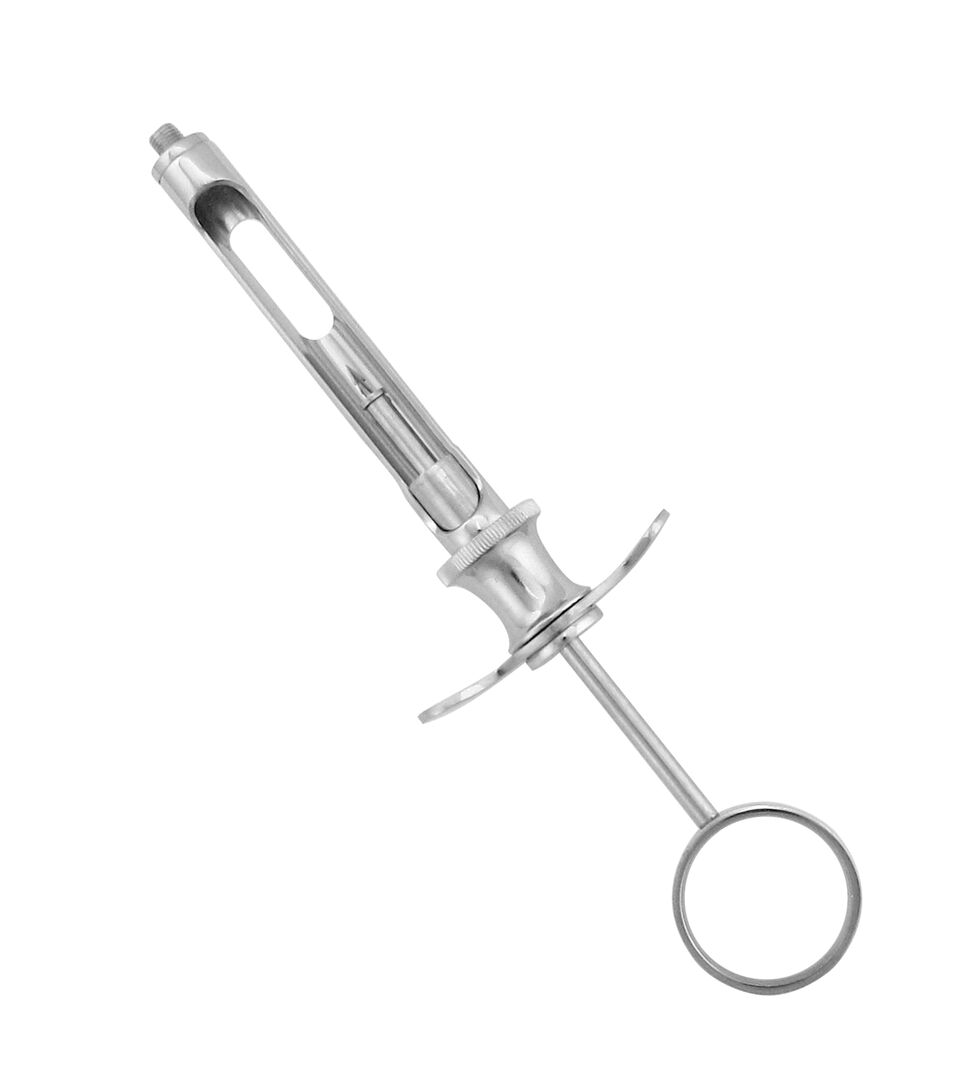 Oral Surgery Aspirating Syringes
Oral Surgery Aspirating Syringes Periodontal Surgical Instruments
Periodontal Surgical Instruments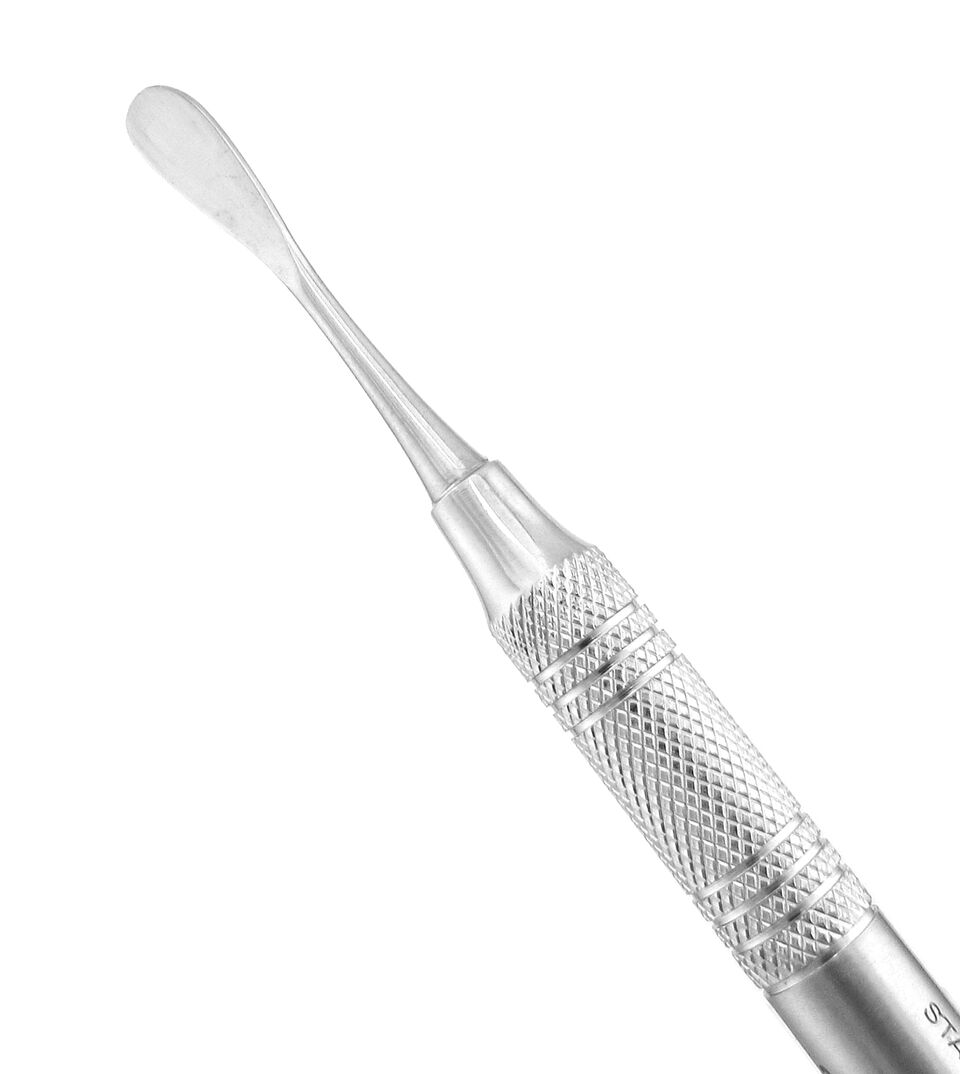 Periosteal Elevators
Periosteal Elevators Periotomes
Periotomes Rongeurs
Rongeurs Scalpel Handles
Scalpel Handles Surgical Curettes
Surgical Curettes Surgical Pediatric Forceps
Surgical Pediatric Forceps Surgical Sets
Surgical Sets Suture Forceps
Suture Forceps Tissue & Dressing Forceps
Tissue & Dressing Forceps Utility Forceps
Utility Forceps Stainless Steel Crowns
Stainless Steel Crowns Personal Protective Equipment
Personal Protective Equipment